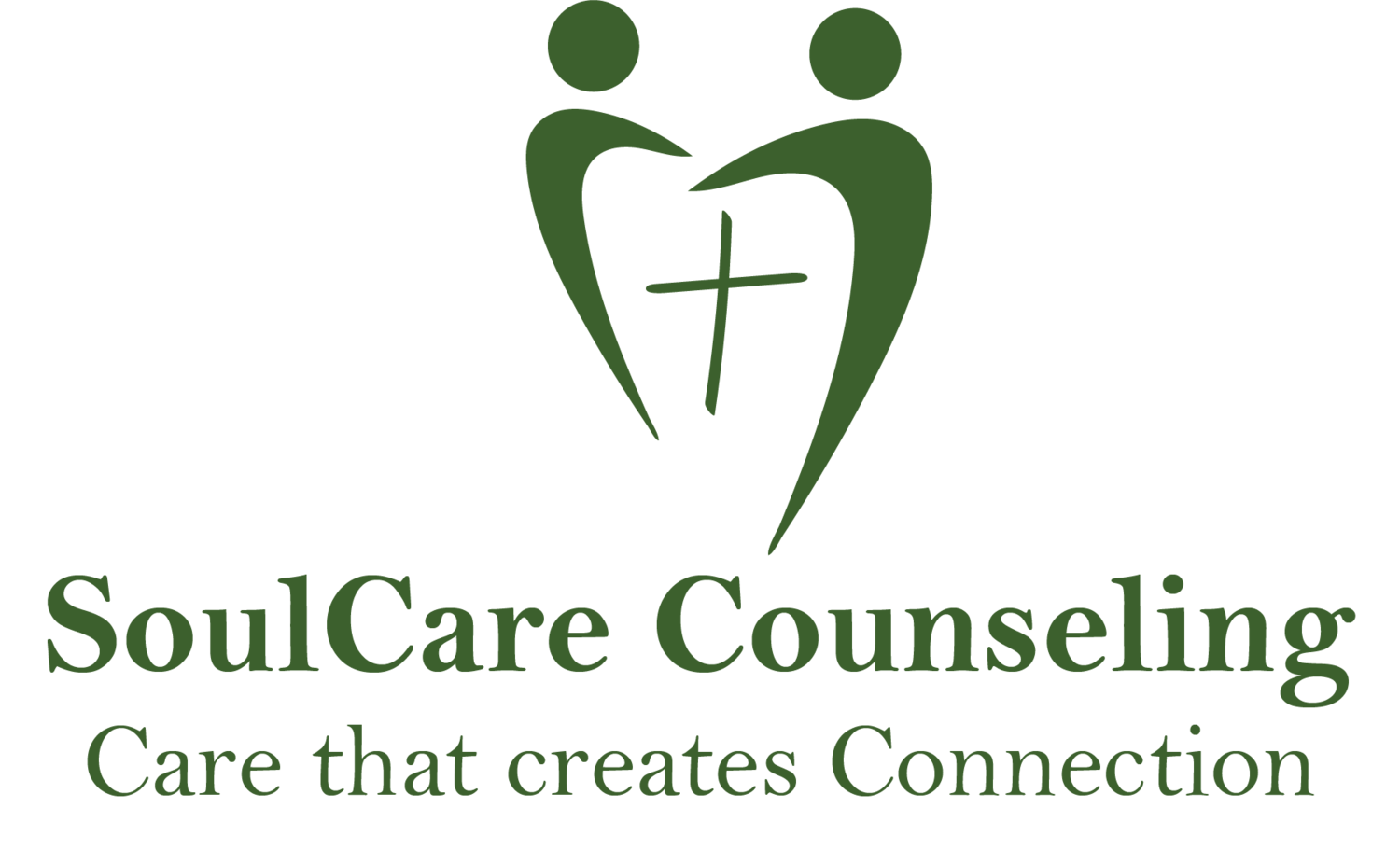Why Couples Fight
In childhood, the game of hide and seek was fun. One child hid and the other to find him or her. It was great fun. But in marriage, hide and seek is definitely not fun. It is painful and destructive. Yet couples play hide and seek nearly every day, creating loneliness and disconnection. One partner tries to engage and be heard, only to receive a grunt in response. One seeks, the other hides.
This is what is going on very time a couple gets in a fight. One tries to be heard and the other shuts down and checks out. What causes couples to fight and play this game of marital hide and seek, and most importantly, how can they stop it?
Why Couples Fight: Pursuing And Withdrawing
When a relationship is healthy, partners seek closeness and find their partner accessible, responsive, and engaged. But when couples fight a lot, as a way of coping, partners take the roles of pursuer and withdrawer. One partner stridently pursues, seeking closeness by blaming, nagging, or criticizing while the other partner avoidantly withdraws, seeking to stop the damage by shutting down emotionally, going silent, or leaving. Of course, the pursuer is not aware that she’s seeking closeness, and the withdrawer is not aware that he is hiding to save the relationship. It just feels like a fight; so, sadly, for all the seeking, no one gets found.
By the way, I used those pronouns on purpose. Pursuers are usually female, and withdrawers are usually male. There are exceptions, and every now and then both pursue or both withdraw, but typically the female pursues and the male withdraws.
Why Couples Fight: Pursuers Seek Engagement
To understand why couples fight, you need to understand the pursuer. Pursuers seek closeness, which requires accessibility, responsiveness, and engagement from the partner. When she reaches out to him for reassurance, she needs to know that he understands and empathizes with her. When he does, the mirror neurons in her brain find comfort in that mirroring of emotions; but when he does not mirror her emotions, her brain becomes distressed and insecure. In desperation, she tries again to connect but with more intensity, triggering him to withdraw, which only makes it worse. The couple then spirals into an escalating conflict cycle.
Why Couples Fight: Withdrawers Seek Peace
Understanding the pursuer is only part of the answer to why couples fight. You must also understand the withdrawer. While pursuers seek closeness, withdrawers seek peace. When he fails to engage with her and she ups the emotional intensity, he becomes overwhelmed and his brain sets off an alarm telling him that anything he says or does will make things worse. His coping mechanism kicks in to calm the waters and keep the relationship from further harm by shutting down emotionally, going silent, and/or leaving the space.
Why Couples Fight: The Negative Cycle
With these two pieces of the puzzle in place - the pursuer and the withdrawer - there is a third reason why couples fight. It is called the negative cycle. The strident pursuing and avoidant withdrawing is a perfect storm for conflict. The pursuer desperately needs to see her partner’s emotion and hear his words of understanding and support, but he is frozen in place by fear of losing the relationship, and so instead of fighting for the relationship, he shuts down, which only escalates her panic, so she pursues more insistently which causes him to withdraw further, etc., etc., etc. ad infinitum.
This is what we call “the negative cycle,” and it is the enemy of the relationship. Let me be clear, she is not the enemy and he is not the enemy. The negative cycle is the enemy. The two partners are both the creators and victims of their negative cycle. Over time, the smallest disagreement or even raised eyebrow or tone of voice will start the negative cycle, this vortex that catches them up in conflict that they are helpless to stop.
The fuel for this cycle is vulnerable, primary emotions that are mostly based on each one’s fear of losing the relationship. The solution seems simple: just acknowledge the fear and move forward in love. But when people fear losing a relationship, they don’t do that. Instead, they self-protect and defend their actions. This only reinforces the fears that the other partner doesn’t care, which then escalates the fear.
How To Break The Negative Cycle
The first step in breaking this negative cycle to de-escalate it by helping the couple see what they each are doing to trigger it. When they do, they then have the power to stop it. That’s easy to say, but it takes time to learn to recognize those soft, primary emotions and connect them to the way they feel when the negative cycle gets triggered. However, a therapist trained in Emotionally Focused therapy can help. Emotionally Focused Therapy is scientifically proven to be effective. 90% of those who completed EFT said they made significant change, and 70-75% move from distress to connection. No other therapy model can even come close to making that claim.
Once a couple sees their negative cycle and their fearful emotions that fuel it, they can begin to repair and reconnect and move into a new relationship of closeness, safety, and security. We would love to help you re-connect as a couple. I urge you to read more about couples counseling, then reach out to us to schedule a free thirty-minute consultation to get you started.
Amber Bezney is a Licensed Professional Counselor-Associate under the supervision of Dr. Bernis Riley, LPC-S and Certified EFT Therapist. She holds a Masters of Education in Marriage and Family and Couples Counseling. Amber is currently taking new clients.




